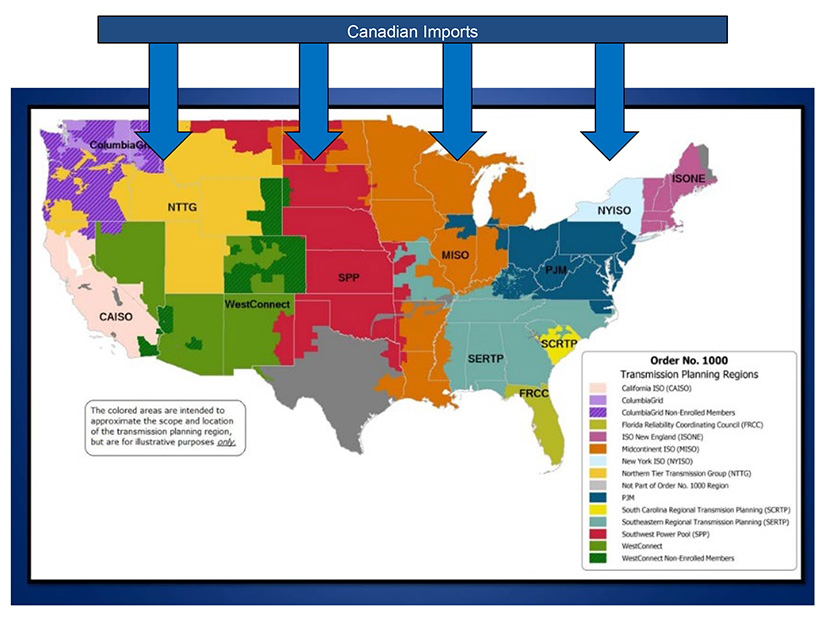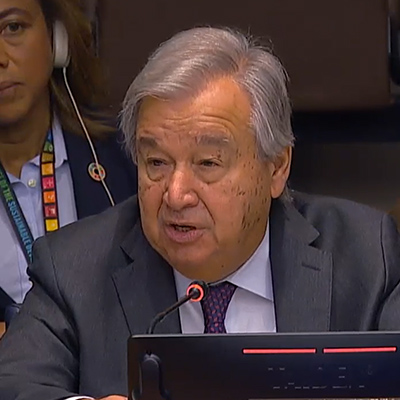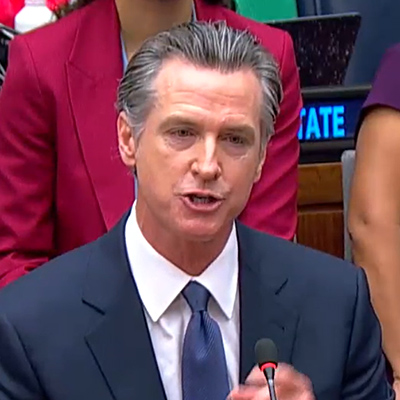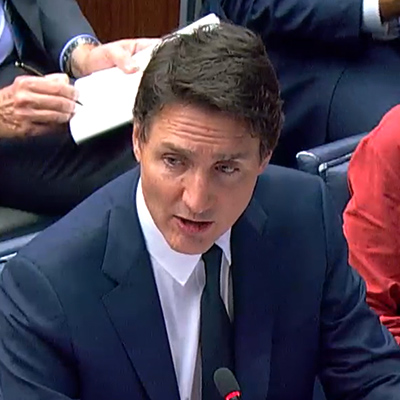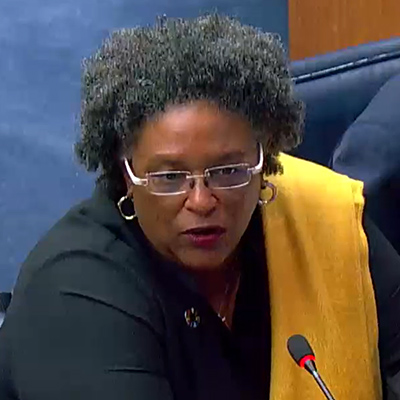President Joe Biden has directed all federal agencies to incorporate the social cost of greenhouse gases (SC-GHG) into a range of key processes, from developing and implementing their budget and procurement processes to environmental reviews required under the National Environmental Policy Act (NEPA).
“The Office of Management and Budget recently estimated that climate-related disasters could increase annual federal spending by over $100 billion and decrease annual federal revenue by up to $2 trillion by the end of the century,” according to a White House fact sheet on the announcement, released Thursday.
“By calculating the costs of climate change impacts on sectors like agriculture, public health, labor productivity and more, the SC-GHG allows better comparisons to other costs and benefits of agency decisions that may also be presented in dollar figures,” the fact sheet said. “And because the SC-GHG estimates the societal cost of the effects of various greenhouse gas pollutants emitted at distinct points in time, its use facilitates the comparison of alternative policies with different emissions profiles.”
The SC-GHG could be used to put a dollar amount on both the damages caused by GHG emissions and the benefits of measures to reduce them, the fact sheet says.
The president’s action represents “the first time this ‘whole of government approach’ is [being] used to evaluate the climate consequences of government actions,” Richard Revesz, director of the White House Office of Information and Regulatory Affairs, told The New York Times on Thursday.
The impact of the directive could be significant, as the fact sheet notes the U.S. government is the largest single purchaser of goods and services in the world, “spending over $630 billion per year … [with] the ability to move markets, invest in new ideas and act as a model contracting partner.”
“By integrating the SC-GHG into procurement … the federal government can reduce emissions while saving taxpayer dollars, both in the short term through reduced energy consumption and in the long term by helping to reduce the most catastrophic effects of the climate crisis.”
A recent analysis from the National Oceanic and Atmospheric Administration reported that so far this year, the U.S. has weathered 23 weather and climate disasters that caused more than $1 billion in damages.
The SC-GHG can be used to calculate emission reductions of proposed federal programs or actions compared to baseline GHG emissions of existing programs or projects. Agencies then can incorporate these calculations into “other considerations that inform and justify their budget proposals,” the fact sheet said.
Federal agencies also could use the procurement of “large, durable, energy-consuming products and systems” as pilots for incorporating the SC-GHG into their purchases, as was done by the U.S. Postal Service in its decision to increase its order of electric delivery vans from 40 to 75% of new purchases.
The social cost of carbon (SCC) already has been incorporated in NEPA evaluations under guidelines the White House Council on Environmental Quality issued this year.
How Much is The SC-GHG?
The fact sheet does not specify any figures that federal agencies might use as they incorporate the SC-GHG into their processes and evaluations. The figure has fluctuated from around $51/ton of carbon emissions, set during the Obama administration, to $7/ton under former President Donald Trump, according to the EPA. The Biden administration returned the figure to $51, and EPA has proposed, but not finalized, a new figure of $190/ton.
Shortly after his inauguration, Biden also established an Interagency Working Group on the Social Cost of Greenhouse Gases, which in 2021 released a report with a wider range of values for the social costs of different greenhouse gases. For example, the SCC ran from $14 to $152/ton, depending on diverse variables. The low end of the social cost of methane was $670/ton, versus a high of $3,900/ton.
A group of Republican states, led by Louisiana, has been fighting the administration’s use of the SCC in federal processes but was turned back by federal appeals court decisions in 2022 and again in April 2023. The U.S. Supreme Court has refused to hear the case.
Initial reactions from the environmental community were positive.
David Doniger, a senior attorney at the Natural Resources Defense Council, called the administration’s action a “common-sense decision to assess how the federal government’s spending and investments will affect the climate crisis. Given the impacts from heat, storms and flooding that the nation has experienced this year, it’s clear that it’s long past time to consider the full impact of the federal government’s actions on the climate. This is an important step to do that.”
Responses on Capitol Hill split predictably along party lines.
Sen. Shelley Moore Capito (R-W.Va.), ranking member of the Senate Committee on the Environment and Public Works, criticized the Biden administration for using “unproven figures to attempt to justify its environmental policies that drive up costs for families, hamstring American employers and delay job-creating infrastructure projects from ever moving forward. Today’s announcement is more of the same devastating, top-down government mandates intended to kill energy jobs and make the United States more reliant on foreign countries.”
“This is a very big deal,” countered Sen. Sheldon Whitehouse (D-R.I.), chair of the Senate Budget Committee. “The Biden administration’s decision will put the full weight of federal government decisions into fighting climate change. … [The U.S.] will begin factoring the true costs of carbon pollution into a wide array of government actions, cutting back on taxpayers’ bills for climate-related disasters over the long term.”


